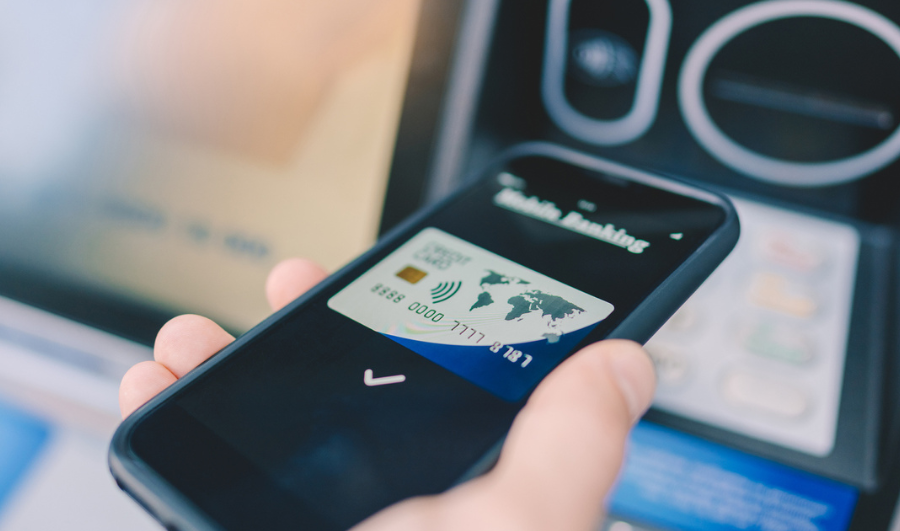We have all been there. You are about to finish an online purchase, the cart looks perfect, and then comes the last step — the payment. A new page opens, you wait for an OTP, switch apps to find it, come back, type it in, and sometimes, the page times out.
That small gap is where most online payments fail.
Now imagine if all of that happened right there on your screen without any redirection. No switching apps. No waiting. That is what Native OTP does. It brings OTP authentication directly into the checkout window, turning what used to be a slow step into a quick confirmation.
Let’s unpack how this small change is transforming online payments and why more businesses are adopting it.
| Table of Contents 1. What Native OTP Really Means 2. Why OTP Authentication Still Matters 3. How It Works in the Background 4. Why It Matters for Businesses 5. A Better Experience for Customers 6. How It Improves Conversion and Checkout 7. The Role of Payment Gateway Optimization 8. Looking Ahead: The Future of Digital Payments 9. Final Thoughts |
What Native OTP Really Means?
So, what is Native OTP?
It is a way for customers to verify their card payments without being redirected to their bank’s OTP page. Everything happens inside the same checkout screen, where users can even benefit from OTP autofill if their device supports it.
Think of it as keeping the customer inside your shop instead of sending them outside to complete a purchase. It feels faster, smoother, and more natural.
Why OTP Authentication Still Matters?
Even as payment systems become smarter, OTP authentication remains the simplest way to confirm identity. It assures that the person paying is the real account holder.
The challenge has always been friction. Shoppers often lose focus or face network lags while waiting for the OTP to arrive. For e-commerce platforms, these delays can mean higher drop-offs and cart abandonment.
Native OTP keeps the security of the OTP step intact but removes the unnecessary back-and-forth that usually slows things down.
How It Works in the Background?
The process feels effortless, but there is quite a bit happening behind the scenes.
When a customer enters their card details, the payment gateway connects with the issuing bank to trigger an OTP. Instead of opening a new window, the OTP field pops up inside the same checkout view. Once the customer enters the code or it is filled automatically through OTP autofill, the transaction is confirmed.
From the customer’s perspective, the entire process feels like one continuous flow. No page reloads, no redirects, and most importantly, no reason to quit halfway.
Why It Matters for Businesses?
For merchants, Native OTP is not just a technical feature; it is a conversion booster.
Let’s face it. Every second of delay during checkout costs sales. Customers expect faster checkout options and will move on if the process feels long.
With Native OTP, transactions complete quicker, and there is less chance of a failed payment. This means better success rates and lower support queries. Businesses also report fewer instances of cart abandonment, especially from mobile users who value simplicity above everything else.
And because OTP authentication continues to happen securely through the same verification systems, merchants gain speed without losing safety.
A Better Experience for Customers
From the shopper’s side, the improvement feels immediate. They stay on the same screen, watch the progress bar move, and finish paying in a few seconds.
Native OTP creates this quiet confidence that payments will go through smoothly. Combined with OTP autofill, the process becomes even faster — no typing, no switching screens.
For anyone using mobile browsers, it feels closer to making an in-app purchase. That familiarity is what keeps customers coming back.
How It Improves Conversion and Checkout?
Behind every smooth payment is an effort to refine conversion rate optimization. Merchants have realised that even a few extra clicks at checkout can cause drop-offs.
Native OTP tackles this problem directly. By cutting down redirections and simplifying OTP authentication, it speeds up online payments and helps close more successful transactions.
Businesses using this system often notice shorter checkout times, better payment completion rates, and visibly lower cart abandonment numbers. When people can pay without friction, they simply do.
The Role of Payment Gateway Optimization
All of this depends on good payment gateway optimization. A well-designed system ensures that Native OTP works consistently across devices, browsers, and banks.
With a provider such as PayU, merchants can monitor performance, track payment success, and fine-tune the checkout flow. Small improvements like this can significantly improve customer experience and build trust over time.
The best part is that these enhancements do not need heavy technical work — most platforms can enable them with minimal integration.
Looking Ahead: The Future of Digital Payments
The future of digital payments will not just be about more options. It will be about speed that feels invisible.
Native OTP represents that shift — where authentication happens instantly, and customers barely notice the process. As mobile-first payments continue to grow, technologies like this will define how people shop and pay online.
Soon, features like Native OTP and OTP autofill will no longer be upgrades. They will be expectations.
Final Thoughts
At its heart, Native OTP is a reminder that small changes can create big differences. It keeps online payments secure but removes the friction that slows them down.
For businesses, that means higher conversions and fewer failed transactions. For customers, it means a faster, safer, and intuitive checkout experience.
With trusted partners such as PayU, merchants can unlock the true potential of Native OTP and deliver an effortless checkout experience. And in a consumer world where time and attention are limited, those few saved seconds can turn one purchase into many.


